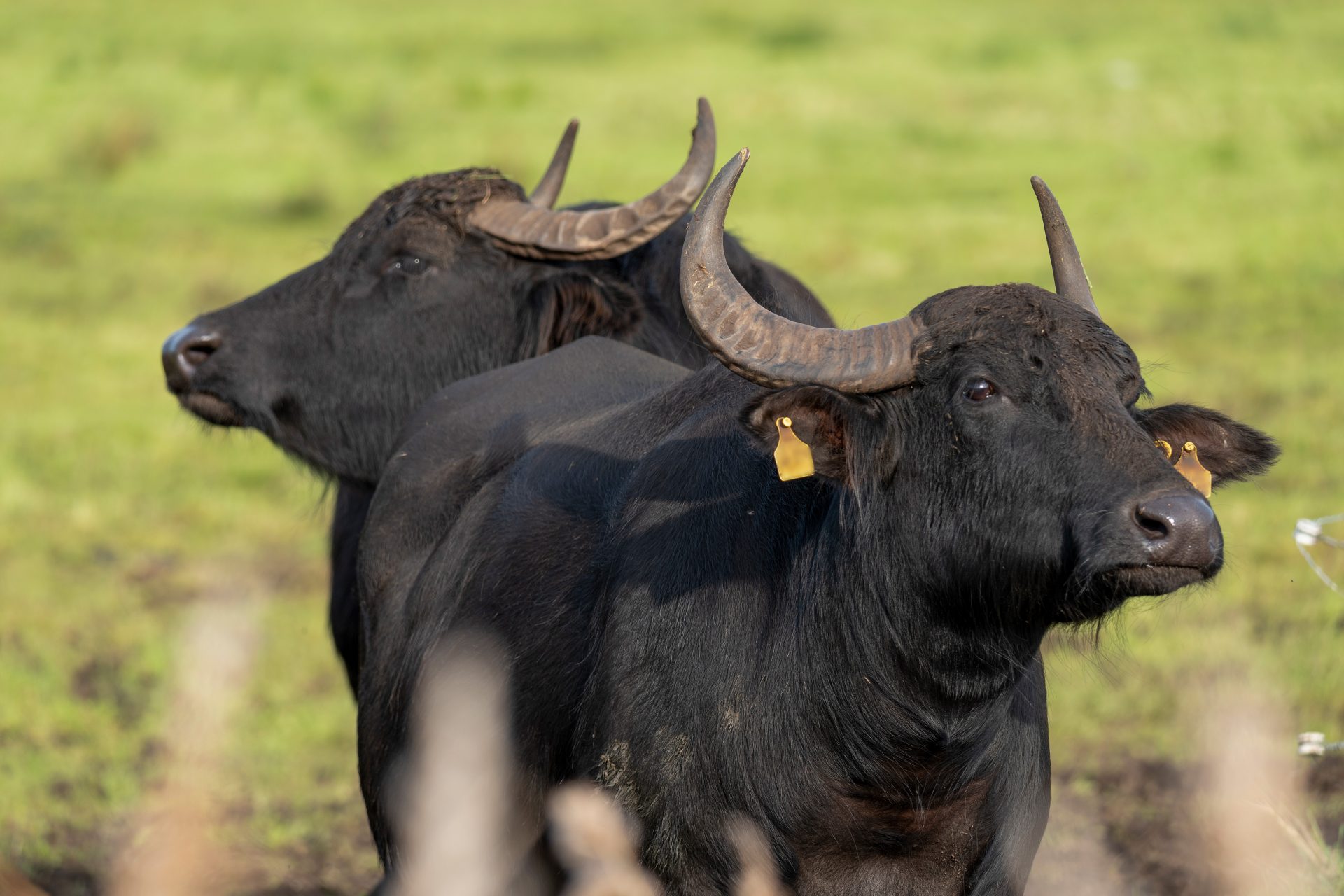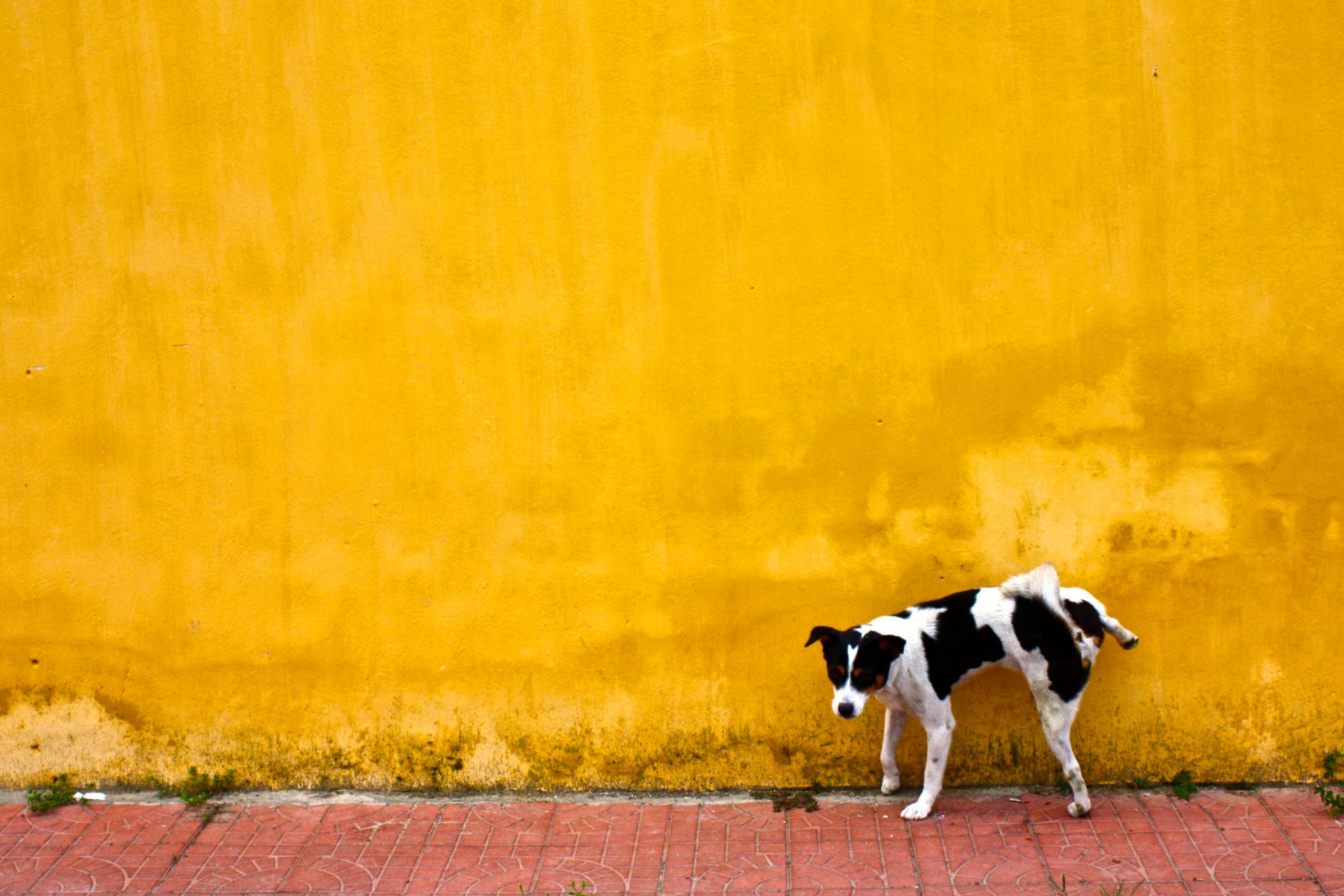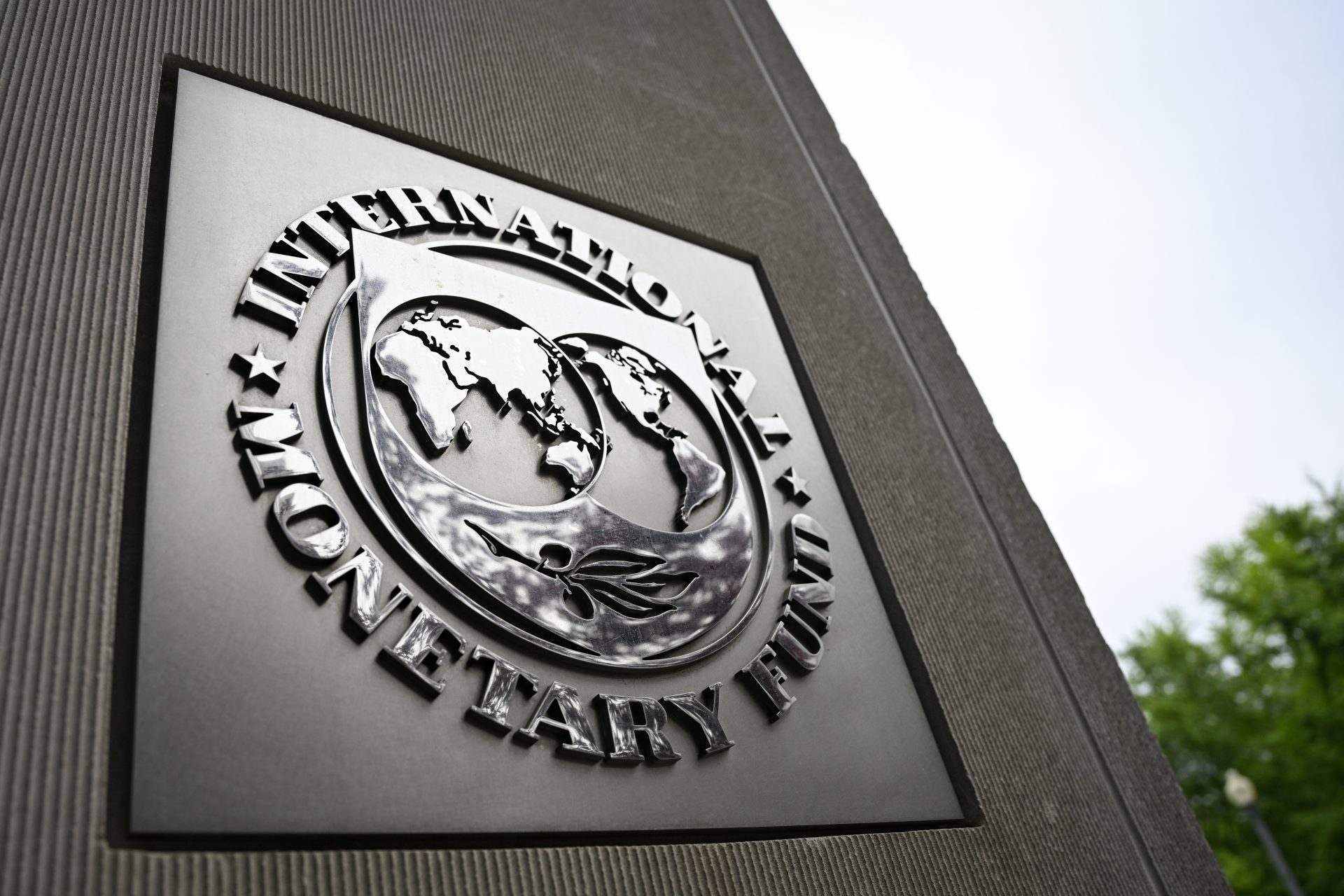Water buffalo are saving other animals from extinction
The water buffalo on European pastures: that's not a common sight. It could change, however, because conservationists have recently started deploying the animals as creative protectors of other animal species.
The giant mammals, six feet high and weighing up to a ton, belong to the horned bovid family, just like cattle. They are found in the wild in Asia.
(Photo: Dawn McDonald / Unsplash)
This species lived in Central Europe about 120,000 years ago. It died out as a wild species but returned to southern Europe as a domestic animal 800 years ago.
(Image: Water buffalo on Selong Belanak beach in Indonesia Lombok, by James Scott / Unsplash)
Wild water buffalo have all but disappeared and are on the Red List of Threatened Species. Their domesticated relatives like to tread wetlands, swamp forests and dense river valleys.
Just like cattle, water buffalo are ruminants and ungulates, which means they are herbivores who extract nutrition from plants by grazing. Their eating and living habits can help other species survive in the wetlands.
(Image: Henrik Hansen / Unsplash)
Water buffalo are currently finding their way to pastures and heathlands in Germany, Switzerland and Luxembourg. Their mission: creating and maintaining waterholes.
Unlike cattle, water buffalo cool themselves by lying in the water and turning over. When it is over 25 degrees Celsius (77° Fahrenheit), the animals prefer to roll in the mud. Their behavior creates (and maintains) water holes in the meadow that are very important for other organisms.
Water buffalo prefer the typical vegetation of the wetlands. They eat reeds, nettles and thistles. As such, they prevent existing water points from becoming overgrown.
(Photo: Phil Hearing/Unsplash)
The water buffalo is characterized by its efficiency and robustness. It is therefore an ideal ecological mower. Many areas in Germany that had to be mowed at great expense due to flooding are now grazed by buffalo instead of mechanical mowers.
Given their preference for wetlands, swamp forests and dense river valleys, water buffalo obviously require moisture and mud. And that is exactly what amphibians and many insects also need.
(Image: The water buffalo at work in Namibia, by David Manicum/Unsplash)
Open, small bodies of water are the habitat and nursery of aquatic insects and amphibians.
Currently, one third of all amphibian species are threatened with extinction. And the insects are also decreasing more and more. As a result, birds can no longer find food. It is a dramatic cycle against which the water buffalo are welcome helpers.
Insects use the pools created by water buffalo to lay their eggs. Biologists have also shown that the larvae of amphibians could survive dry summer periods thanks to water buffalo hoof spores filled with more than 30 centimeters of water.
Where there are insects and amphibians, birds do not stay away for long. Soon after water buffalo began grazing in European pastures, several bird species returned to those areas to forage for food.
(In the image: the lesser spotted eagle)
Even endangered species such as the lesser spotted eagle or the black stork (pictured) have been sighted.
In Germany, more than 6,000 animals already graze in the humid lowlands. From Lake Constance and the Lower Rhine to the pastures near Cologne's airport, more and more places are the scenes of environmental projects with the water buffalo as the protagonist.
More for you
Top Stories





























